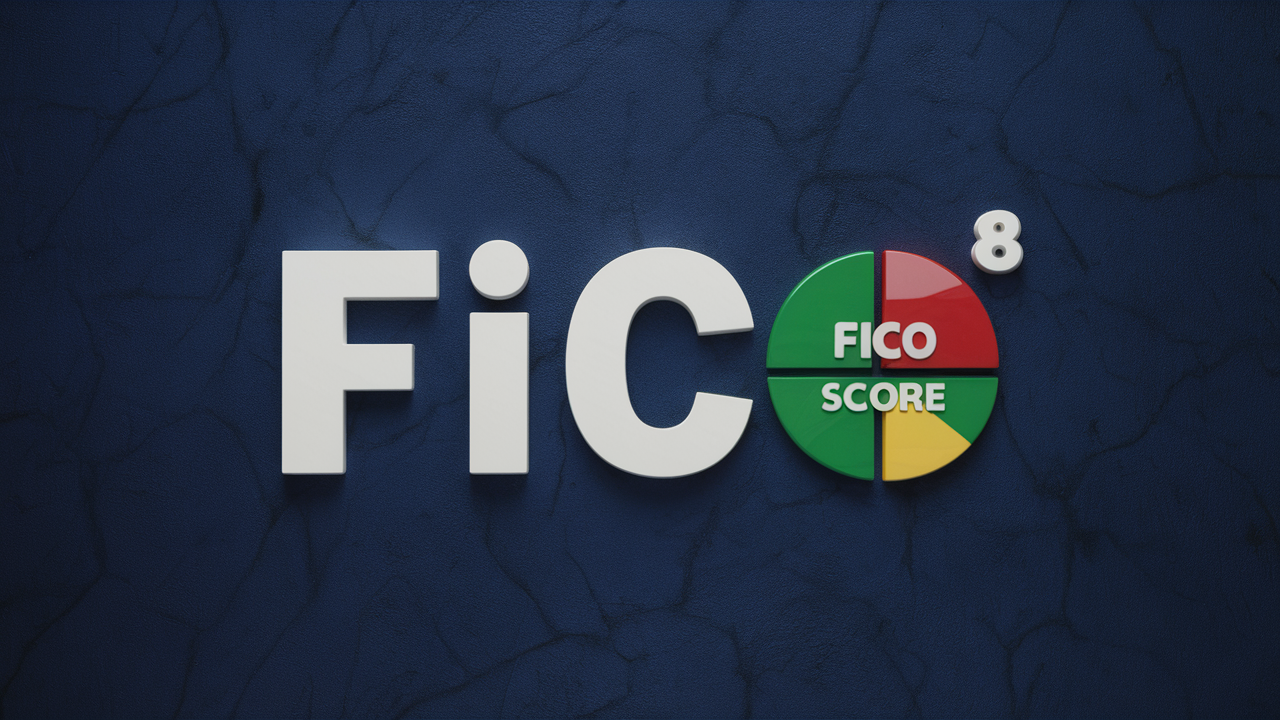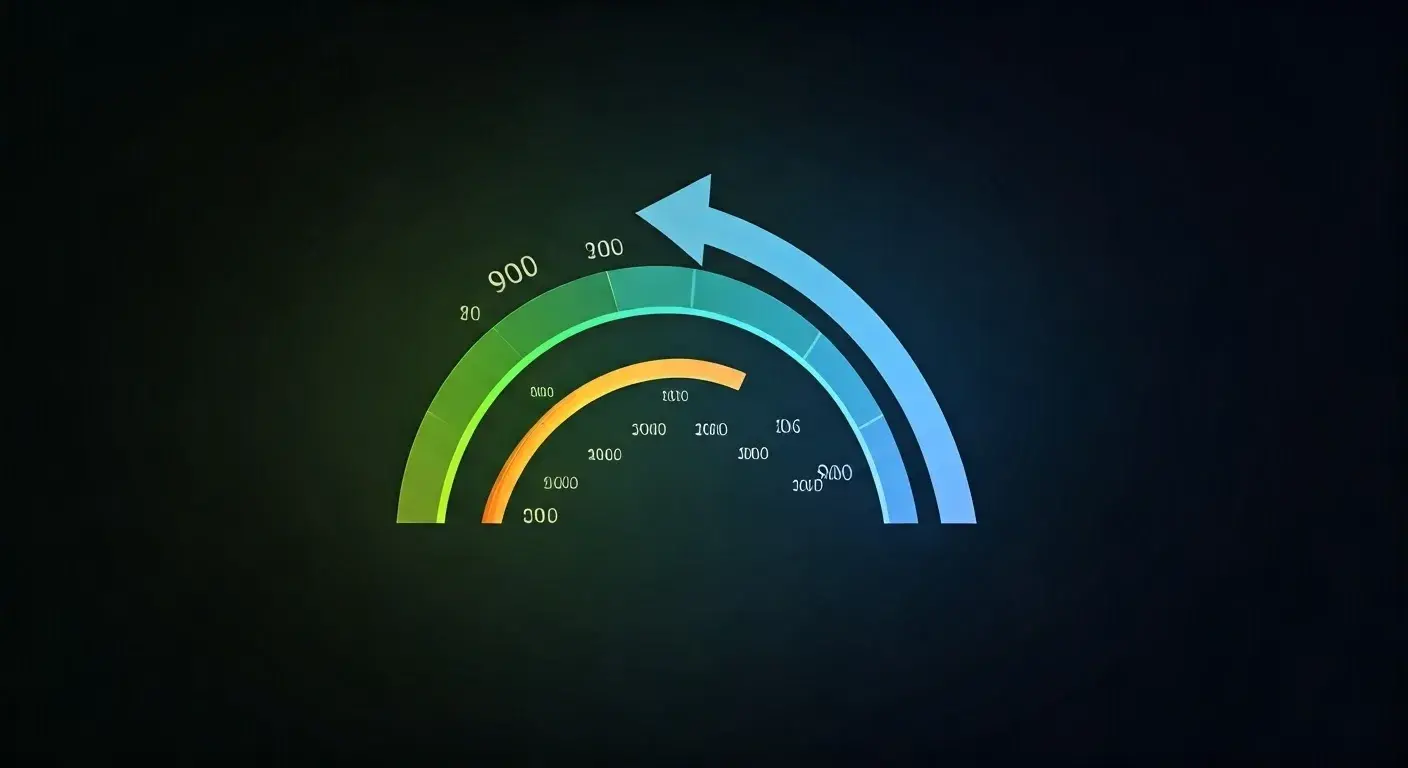-
Posted on: 06 Aug 2024

-
Understanding your FICO score is crucial for navigating the world of credit and finance. It plays a significant role in determining your eligibility for loans, credit cards, mortgages, and even rental agreements. However, the landscape of credit scoring can be complex, with different versions and models in use. This article delves into the question: what is the most commonly used FICO score model, and why does it matter?
Understanding FICO Scores
FICO scores, created by the Fair Isaac Corporation, are the most widely used credit scores in the United States. They are based on information from your credit reports, compiled by the three major credit bureaus: Experian, Equifax, and TransUnion. Lenders use FICO scores to assess your creditworthiness and the likelihood of you repaying your debts.
FICO scores range from 300 to 850, with higher scores indicating lower risk. A good FICO score can unlock better interest rates and loan terms, saving you significant money over time. Conversely, a lower FICO score can lead to higher interest rates, limited access to credit, or outright loan denials.
The Components of a FICO Score
Your FICO score is calculated based on five key factors, each carrying a different weight:
- Payment History (35%): This is the most important factor, reflecting your track record of making on-time payments. Late payments, even small ones, can negatively impact your score.
- Amounts Owed (30%): This refers to the total amount of debt you owe and your credit utilization ratio (the percentage of your available credit that you're using). High credit utilization can signal financial instability.
- Length of Credit History (15%): A longer credit history generally indicates more responsible credit management.
- Credit Mix (10%): Having a mix of different types of credit accounts (e.g., credit cards, installment loans, mortgages) can be beneficial, demonstrating your ability to manage various forms of debt.
- New Credit (10%): Opening too many new accounts in a short period can lower your score, as it may suggest increased risk.
The FICO Score Versions: An Evolving Landscape
FICO doesn't release a single score model and leave it unchanged. Instead, they periodically update their scoring models to incorporate new data and reflect changes in consumer behavior and lending practices. This means there are multiple versions of the FICO score in circulation.
While newer versions are often designed to be more accurate and predictive, lenders are not required to adopt them. They can choose to use older versions that they are more familiar with or that better suit their risk assessment models.
Common FICO Score Versions
Here's a look at some of the most common FICO score versions used by lenders:
- FICO Score 8: This is the most widely used FICO score version as of 2024. It places more emphasis on recent credit behavior and is particularly sensitive to late payments and high credit utilization.
- FICO Score 9: This version treats medical debt differently than other types of debt, giving less weight to paid medical collections. It also distinguishes between unpaid collections and those that have been paid.
- FICO Auto Score 8 and Auto Score 9: These are industry-specific versions designed for auto lenders. They consider factors specific to auto loans, such as the loan term and the vehicle's value.
- FICO Mortgage Score (FICO Score 2, FICO Score 5, and FICO Score 4): These are older versions commonly used by mortgage lenders. While some lenders are transitioning to newer models, these scores remain prevalent in the mortgage industry.
The Most Commonly Used FICO Score: FICO Score 8
While different lenders use various FICO score versions, FICO Score 8 is currently the most widely used general-purpose FICO score in the United States. Its widespread adoption is due to several factors, including its balance of accuracy, predictability, and ease of implementation. Lenders find FICO Score 8 to be a reliable tool for assessing credit risk across a broad range of loan types, from credit cards to personal loans.
Why FICO Score 8 is so Popular
Several factors contribute to the popularity of FICO Score 8:
- Improved Accuracy: FICO Score 8 is designed to be more accurate than its predecessors in predicting the likelihood of default.
- Enhanced Risk Assessment: It provides a more granular assessment of risk, allowing lenders to better differentiate between borrowers with varying credit profiles.
- Widespread Availability: FICO Score 8 is readily available from the major credit bureaus and credit scoring agencies.
- Industry Familiarity: Lenders have had ample time to become familiar with FICO Score 8 and integrate it into their credit decision-making processes.
Other Commonly Used Scores by Industry
While FICO 8 is the most commonly used overall, specific industries often rely on their own tailored score versions. For example:
- Mortgage Lenders: As mentioned earlier, many mortgage lenders still use older FICO models like FICO Score 2, 5, and 4. There's a gradual shift toward newer models, but these older versions remain influential in the mortgage approval process.
- Auto Lenders: Auto lenders commonly use FICO Auto Scores, particularly FICO Auto Score 8 and Auto Score 9, which are specifically designed to assess the risk associated with auto loans.
Why Knowing the Most Commonly Used FICO Score Matters
Understanding which FICO score is most likely to be used by lenders can help you better prepare for applying for credit. By focusing on the factors that influence the most common score, you can increase your chances of approval and secure favorable interest rates.
How to Improve Your FICO Score, Especially FICO Score 8
Since FICO Score 8 is so widely used, focusing on improving the factors that impact it most significantly can be highly beneficial. Here are some key strategies:
- Pay Your Bills on Time: Payment history is the most important factor, so make sure to pay all your bills on time, every time. Set up reminders or automatic payments to avoid missing deadlines.
- Keep Credit Utilization Low: Aim to keep your credit utilization below 30% on each credit card. Ideally, keep it below 10%. This shows lenders that you're not overly reliant on credit.
- Monitor Your Credit Report: Regularly check your credit reports from Experian, Equifax, and TransUnion for errors or inaccuracies. Dispute any errors promptly to have them corrected. You can get a free copy of your credit report from each bureau annually at AnnualCreditReport.com.
- Avoid Opening Too Many New Accounts: Opening multiple new accounts in a short period can lower your score. Be selective about applying for new credit.
- Consider a Secured Credit Card: If you have limited or no credit history, a secured credit card can be a good way to build credit. These cards require a security deposit, which typically serves as your credit limit.
VantageScore: An Alternative Credit Scoring Model
While FICO scores are the most widely used, it's important to be aware of VantageScore, another credit scoring model. VantageScore is developed by the three major credit bureaus and is used by some lenders and credit monitoring services.
VantageScore uses a similar scoring range (300-850) and factors to FICO, but the weighting of these factors can differ. For example, VantageScore tends to be more forgiving of infrequent late payments and places less emphasis on older negative information.
Key Differences Between FICO and VantageScore
Here's a summary of some key differences between FICO and VantageScore:
- Weighting of Factors: The relative importance of different credit factors varies between the two models.
- Scoring Algorithms: The algorithms used to calculate the scores are different, which can result in variations in your score.
- Adoption Rate: FICO scores are more widely used by lenders than VantageScore, although VantageScore is gaining traction.
It's a good idea to monitor both your FICO and VantageScore scores to get a comprehensive view of your credit health.
Conclusion
While multiple FICO score versions exist, FICO Score 8 remains the most commonly used FICO score model by a wide margin. Understanding this fact empowers you to focus your efforts on improving the factors that impact this score the most, such as payment history and credit utilization. By paying attention to these key areas, you can increase your chances of securing better loan terms and achieving your financial goals. However, it's important to also be aware of other FICO versions and VantageScore, as some lenders may use these models. Continuously monitoring your credit reports and scores is essential for maintaining a healthy credit profile.











